Laundry.. everyone does it..
One part of waste free living that I would like to share with everyone is how I do my laundry.⠀
I’m holding a smartklean laundry ball filled with minerals as well as a Cora Ball microfiber catcher.⠀
The laundry ball, SmartKlean 100% replaces the need for any laundry soap. ⠀
The SmartKlean Laundry Ball is chemical free environmentally responsible way to do your Laundry using Bio-Ceramics made in Sweden.⠀
They are available for purchase here : https://www.smartklean.com/
This $50 product has been all my family has used to wash our clothes for the last year and a half! ⠀
100% Free of Harmful Chemicals. Active components derived from Earth minerals and formulated to leave zero residues behind. Ideal for eczema & sensitive skin.
It leaves no trace in our waterways & aquatic ecosystems. With its extensive 1 year+ lifespan, it significantly reduces plastic packaging production and disposal waste and it is saving us money!
Tiny fibres from our clothes are escaping our washing machines and winding up in the air, water, fish and us, scientists say.
Ocean conservation organization Ocean Wise recently reported that the bulk of particles examined from Vancouver waters were microfibres, such as polyester and rayon from clothing and carpets.
Microfibres are found in synthetic fabrics that naturally shed. When clothes are washed, microfibres end up in waters through sewer systems and wastewater treatment plants.
This microfiber catcher grabs all fibers that shouldn’t be sent back out into the environment, so that we can dispose of them responsibly. ⠀
The single biggest pollution problem facing our ocean is microfiber: trillions of pieces of tiny fibers flowing into the ocean – every time we use our washing machines. Our clothing is breaking up, sending this microfiber (made of plastic and chemical-covered non-plastics) out with the drain water – just one fleece jacket could shed up to 250,000 pieces per garment per wash [source]. New York City, alone, could have 6.8 billion microfibers flowing into its harbor every day. We are all contributing to this problem.
Every time we do laundry, our clothes shed tiny microfibers, which go down the drains of our washing machines, through wastewater treatment facilities and into our waterways.
Everyone who wears and washes clothes is part of this pollution. Everyone who eats or breathes could suffer the consequences.
You can purchase the Incredible Cora Ball here : https://coraball.com/ Be apart of the solution!
These two products have made such an incredible difference when it comes to how I do laundry, I really encourage everyone to check out these products and to try them for yourself.





